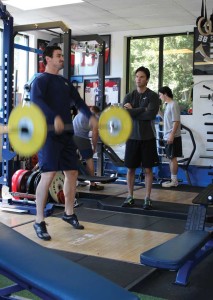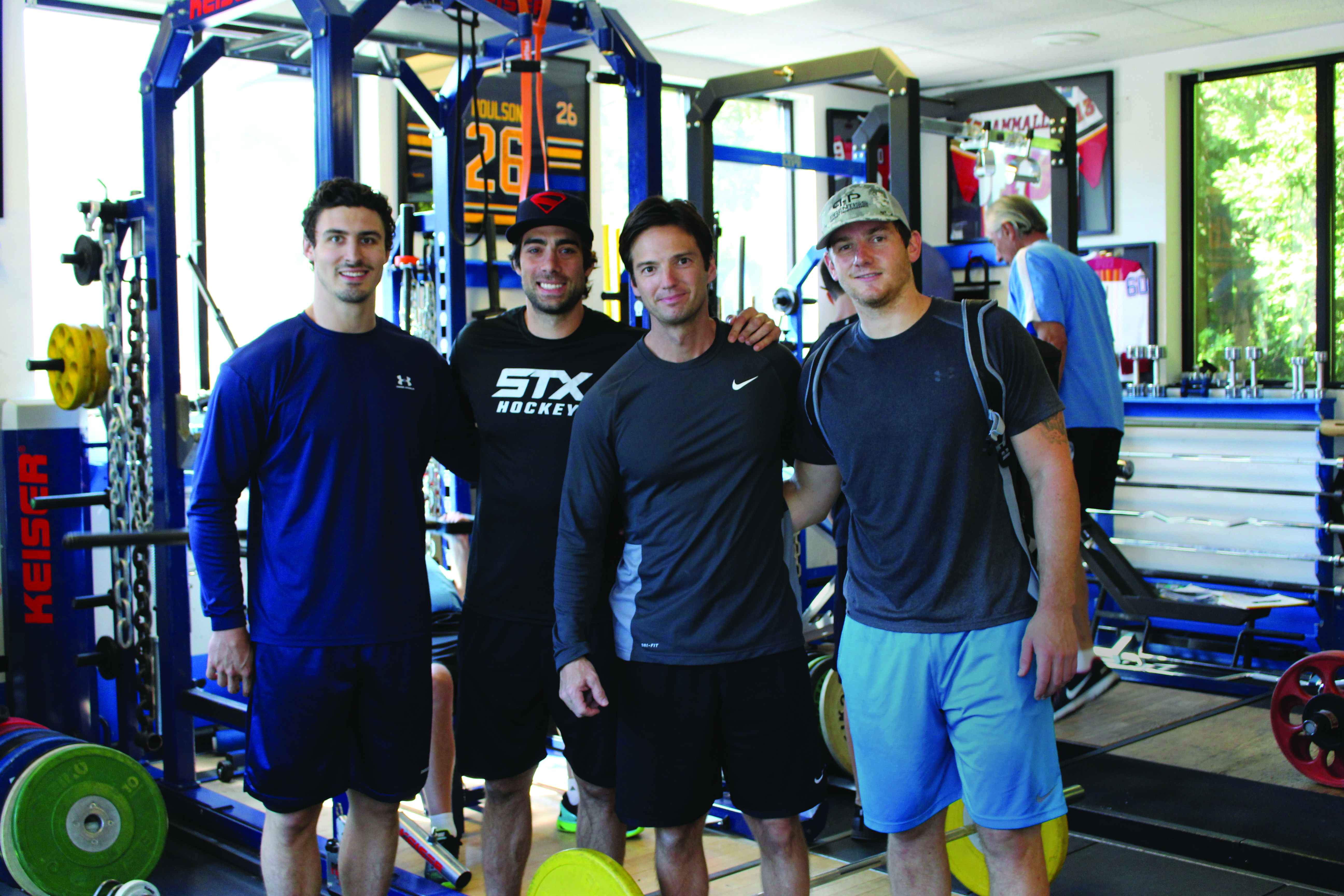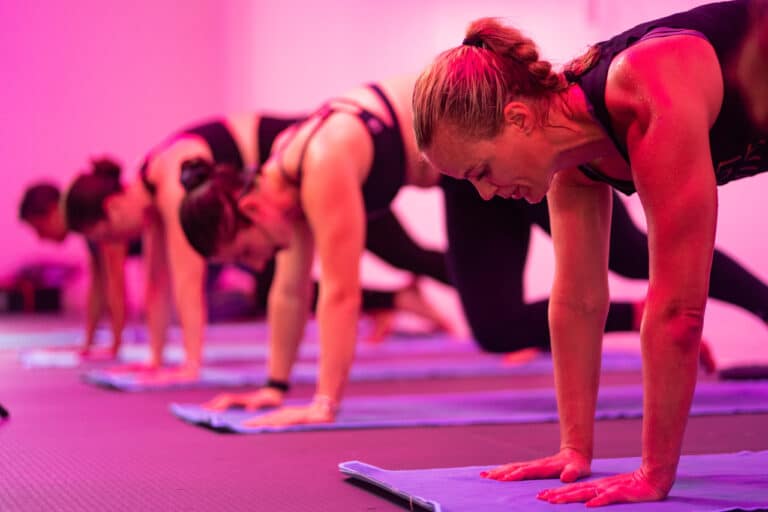One of the biggest keys for hockey success in the winter? How athletes spend the off-season. And top players from around the country are coming to Fairfield County to train with Ben Prentiss at the 2,000-square-foot specialized Prentiss Hockey Performance center
(prentisshockey.com), located in his Bodytuning gym in Darien, CT.
Prentiss is the go-to guy for several NHL stars—he counts Montreal Canadiens forward Max Pacioretty and Los Angeles Kings goalie Jonathan Quick among his current clients, as well as recently retired six-time All-Star Martin St. Louis. In addition to the pros, he works with junior high and high school standouts, seeing 120 players for 500 sessions each week. This is the guidance Prentiss gives to players (and parents) about maximizing potential and getting to the next level.
What’s the difference between training an NHL player and a junior one? Whether it’s an AHL guy trying to get to the NHL or a college kid trying to sign a pro contract or a high school kid trying to play in college, they all train differently. You have to keep an eye on the volume of the workout, and the intensity of the workout, and make different exercise prescriptions. For instance, [40-year-old] Marty [St. Louis] has a different volume than a kid who plays on the U.S. National Team named Chad Krys [who I train], who is supposedly going to be a high draft pick next year. He’s 17 years old and can handle certain things Marty can’t handle. Then you also realize that he’s 17, and you have to gauge what he’s going to do compared to Max Pacioretty, who’s 26 and in the prime of his career.

Every summer you create a personalized plan for all of your athletes. What does that entail for a pro player? It all depends. In the NHL, 82 games feels like these guys are in a car accident 82 nights of the year. They show up, and you see what injuries they have, how you need to address those injuries and how toxic they are. You determine what kind of detox or cleanse you need to do before they start training. You have to get them off different sleep [schedules] because of all the travel and time changes.
What advice do you give to parents of high school players who come to you with a college or pro dream? Unfortunately, I give them advice that they don’t want to hear. To me, the problem is that hockey players are becoming less athletic because they’re only playing hockey from the time they’re six years old. If you look at the stars of the game, they grew up playing lacrosse or baseball or track and hockey as well. They didn’t specialize in hockey until they got to high school. We usually take them at 14, when they’re physically and emotionally ready. I tell them to get out of skates, do other things, use other muscles, swim, run, jump. Be active. That’s my best advice. A lot of the NHL guys I have weren’t even the best guys on their team when they were 12 years old.
Are there other mistakes you see kids and parents making? Eating badly on those long, long car rides for travel hockey. We try to give kids healthy snack options, like trail mix, fruit, jerky and other things you can bring on the road. They’ll see our nutritionist, and sleep is also a huge thing. The research is there on higher level athletes in terms of sleep deprivation affecting their performance. I tell parents to get the electronics out of the kids’ rooms so they can sleep better.

What do you have planned next for Prentiss Hockey Performance? [Our goal is to] be the stand-alone facility for training athletes, specifically for hockey, anywhere in the country. The next step is a bigger facility with doctors, acupuncture, soft tissue work, hot tub/cold tub, infrared sauna. We want to be able to take a guy in the play-offs who wants to get treated and get some work done to him for a day and fly out, or a junior team of 20 kids at a time.
Are there any player success stories that stand out to you? Absolutely. Max Pacioretty [of the Montreal Canadiens] comes to mind the quickest. I trained him through the broken neck and Comeback Player of the Year, and now he’s a multiple time 30-goal-per-season scorer. During the season, we pretty much talk or text after every game. But I’ll never forget Ryan Shannon being my first guy as well. I’ve trained him for 12 years, since he was a junior at Boston College. He’s a small little guy, and he won a Stanley Cup; he’s in Switzerland now and won a cup for Zurich. Somebody like Marty [Martin St. Louis]…anybody could train Marty and he’d be good. Certain guys you start with when they’re kids and go through college and end up in the NHL—I’ve had a few now—and that’s pretty special.
You’re heavily involved in the Big Assist charity hockey game, which benefits the Obie Harrington-Howes Foundation (ohhf.org), an organization dedicated to improving the quality of life for individuals with spinal cord injuries. Why? It’s a great cause. I might be biased, but hockey players are so great with their time and donating things for the auction and signing autographs and making themselves available. Ryan Shannon started it, and everybody that’s in the game, I train. I don’t do anything except coach and provide the players from the gym. All the big names who lend their time—from Marty and Chris Kreider and Tory Krug—they are the ones who deserve all the credit.





